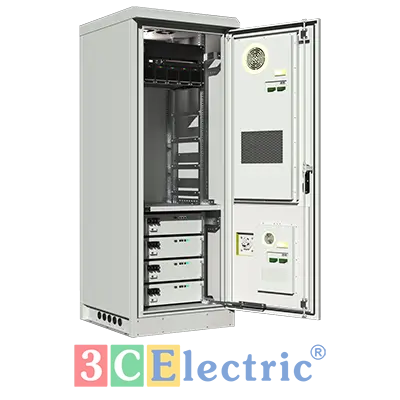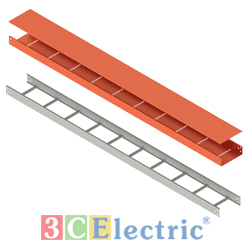On the Galaxy S4 auto scroll text based on users eye position, thanks to the implementation of sensors including accelerometer sensor, ambient light sensor, GPS sensor, compass sensors distance, pressure sensor and gyroscope …
Here, we’ll list some of the sensors and their mechanism of action by synthetic Techulator.com page.
Proximity sensors
The main feature of this sensor is to identify the gap between smartphone and watch your body is. When you call, proximity sensor recognizes the position between screen viewing and how much natural light the screen to turn off and save battery. Proximity sensor will also help prevent the touching gesture made an unintended way across the screen while the phone call.
This sensor will also calculate the intensity of the signal, the interference source and signal enhancement or filtering the interference source using streaming technology (Beam Forming Technique).
Put succinctly, the proximity sensor will measure the position of the body, such as the face or ears and stop tasks such as surfing the web, play music or video while receiving / making calls to save battery. After the conversation ended, the proximity sensor will continue the tasks currently performed.
Sensor GPS (Global Positioning System)
GPS (which stands for Global Positioning System – The Global Positioning System) was originally developed and deployed for military purposes by the U.S. government officially launched extensive operations in the 1980s. GPS is a system that allows target tracking or “navigation” based on the photo or map with the help of satellites.
Today, the smartphone is equipped with GPS sensors are supported (A-GPS) allows operation without connection to the server and the satellite. iPhone 4S, iPhone 5, HTC One, HTC Droid DNA, HTC One X, the product of Samsung’s Galaxy series and the Sony Xperia and Nokia Lumia 620 samples, 820, 920 and 822 and some other products also support global positioning system GLONASS (Globalnaya Navigatsionnaya Sputnikovaya Sistema) developed by the Russians with the same features such as GPS.
Ambient light sensor
This sensor has the task of optimizing the brightness of the screen in various lighting conditions (the light intensity difference). The most important purpose of the ambient light sensor to adjust the brightness of the screen, allowing to save battery and improved battery life.
Ambient light sensor aware lighting and adjusts the screen based on the principle of “absolute position”. The sensor contains diodes so light sensitivity optical spectra for various, complex calculation results based on the diode will adjust the level of increase / decrease of the intensity of light on the screen .
The main feature is the accelerometer sensor detects changes in the direction / angle of smartphones based on the data collected and change the screen mode (portrait or landscape mode screen) based on the user’s perspective . For example, in case you want to increase the display width of a web page, you can switch the screen from portrait mode to landscape mode screen. Similarly, the camera app will also automatically change the direction of the shots are taken when we change the angle of the smartphone.
In essence, accelerometer sensor will recognize the change in the angle of smartphones by recognizing changes in direction in 3-dimensional space in the case (assuming) smartphone freefall. One example of the application of the acceleration sensor of the phone is the racing game: the player can “steered” by rotating the phone / tablet in the desired direction.
(Source: VNReviews)















